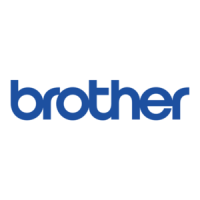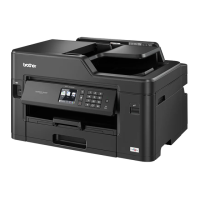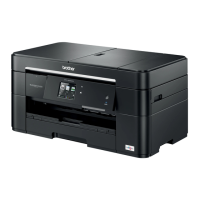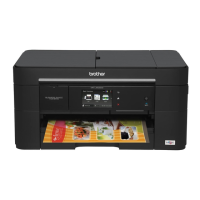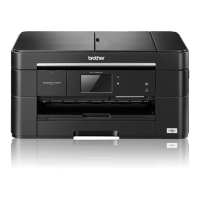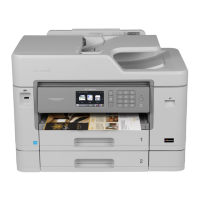Home > Fax > Telephone Services and External Devices > External and Extension Telephones > Use
Extension Telephones
Use Extension Telephones
Your premises may already be wired with parallel extension telephones, or you may plan to add extension
telephones to your line, as well as your machine. While the simplest arrangement is a straightforward parallel
connection, there are some problems with this. The most obvious is inadvertent interruption of a fax transmission
caused by someone picking up an extension telephone to make an outgoing call. Also, the remote activation
code feature may not operate reliably in such a simple configuration.
This machine also may be set to make a delayed transmission (i.e. a transmission at a pre-set time). This pre-set
job may coincide with someone picking up an extension handset.
These problems can easily be eliminated, if you arrange modification of your extension wiring circuit, such that
extension devices are connected “downstream” of your machine in a master/slave configuration (see fig. 2). In
this configuration the machine can always detect whether a telephone is in use. Thus it will not attempt to seize
the line during that time. This is known as “telephone off-hook detection.”
The inadvisable configuration is shown in figure 1, and the recommended master/slave configuration is shown in
figure 2.
This new connection configuration can be arranged by contacting BT, Kingston upon Hull Telecommunications,
your PBX maintainer or a qualified telephone installation company as appropriate. Simply explained, the
extension telephone circuit should be terminated on a normal modular plug (BT 431A style), which in turn should
be put into the modular socket of the white “T”-shaped connector provided as part of the line cord assembly.
Inadvisable connection of extension sockets (Fig. 1.)
1. Extension socket
2. Master socket
3. Incoming line
Recommended connection of extension sockets (Fig. 2.)
1. Extension socket
2. Master socket
3. Incoming line
The fax machine must be plugged into the master socket.
These telephones are now connected as external devices, because they are connected to the fax machine
via the T-connector.
Related Information
• External and Extension Telephones
362

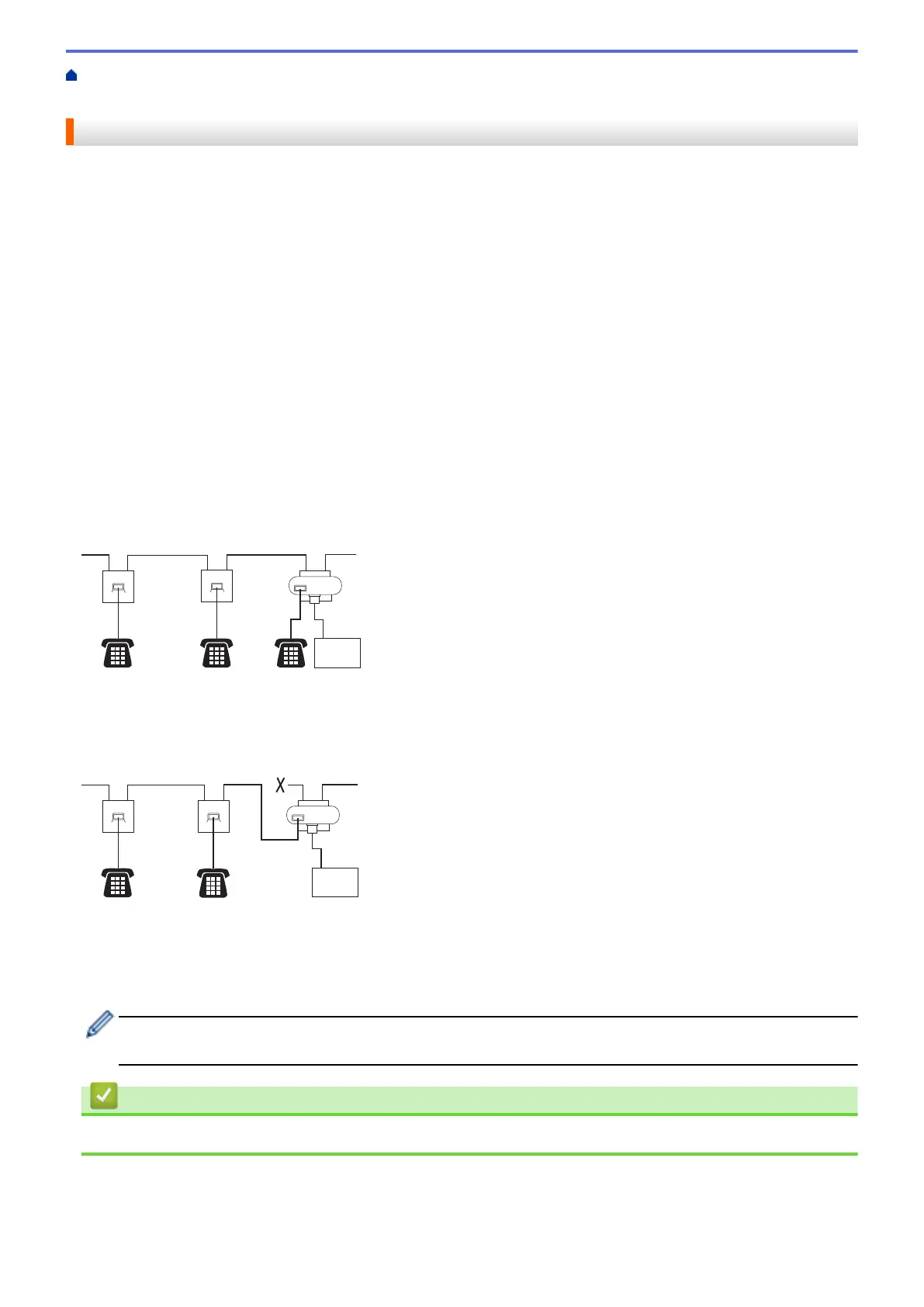